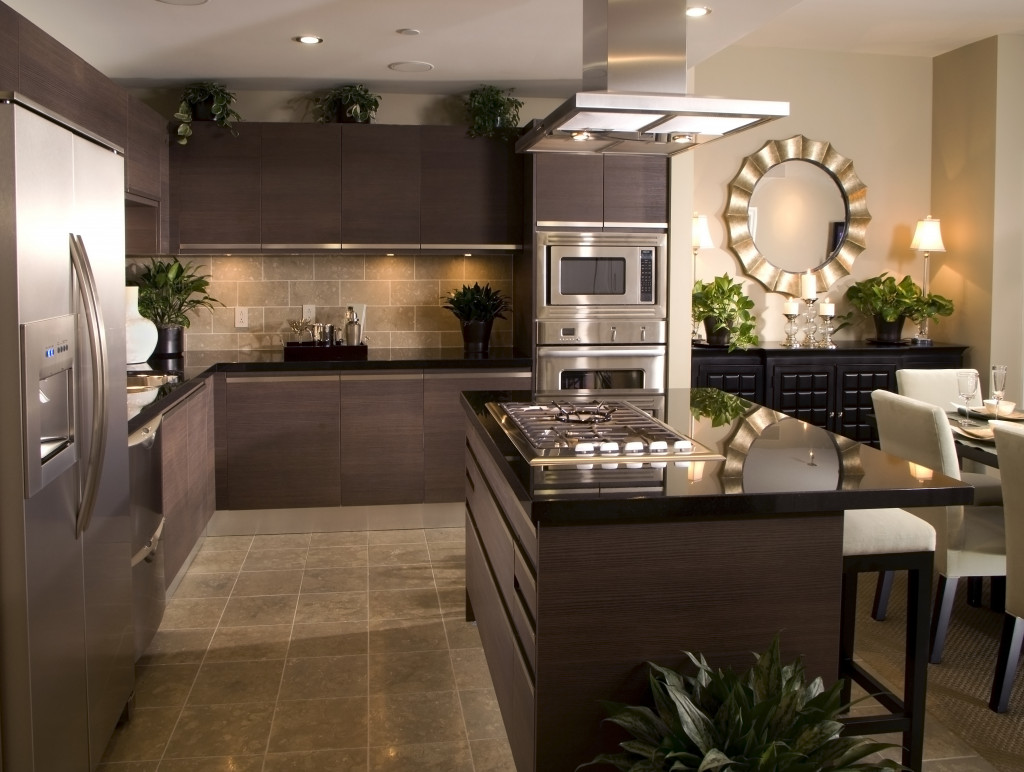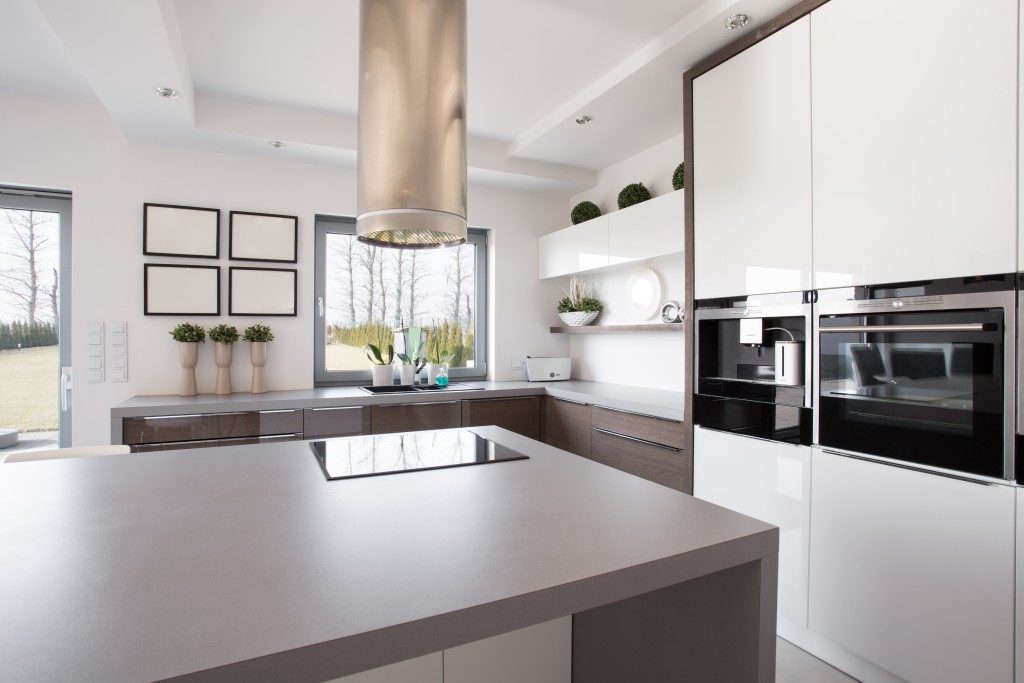Smart devices are electronic devices connected to the internet and can be controlled remotely. They can range from thermostats and light bulbs to home security systems and cameras. In addition, smart devices often have sensors that allow them to collect data about their surroundings, which can automate tasks or provide information to their users.
The rise of smart homes has been driven by the increasing popularity of connected devices and the falling prices of home automation technology. Smart homes are homes that have been equipped with a variety of connected devices, such as the ones we’ve mentioned above. These can be controlled remotely via a mobile app or web interface. In addition, these devices often have sensors that allow them to collect data about their surroundings, which can be used to automate tasks or provide information to their users.
Benefits of Smart Devices
One of the key benefits of smart homes is increased convenience and peace of mind. For example, homeowners can use their smartphones to check whether all the doors and windows in their home are adequately locked before leaving for work, or they can receive alerts if there is a fire or break-in. Smart homes can also provide added security by deterring burglars and allowing homeowners to monitor their property remotely.
Another benefit of smart homes is the energy savings that they can offer. Many connected devices, such as thermostats and light bulbs, can be controlled remotely to help conserve energy. For example, homeowners can use their smartphones to turn off lights that were accidentally left on or adjust the home’s temperature when they are away.
Smart homes can also improve the quality of life for their occupants in other ways. For instance, elderly or disabled people can use connected devices to automate tasks or receive assistance from family and caretakers. Additionally, parents can use connected devices to monitor their children’s activity and ensure their safety.
One of the best places to renovate into a smart room is your kitchen. It’s one of the places utilized the most in most homes. If you want to save money and reduce your carbon footprint, then consider these steps in building a smart kitchen.

Planning
Before you start adding smart devices to your kitchen, it’s essential to plan. Decide what tasks you want to automate and what information you want to be able to access from your mobile device. For example, do you want to be able to turn on the oven from your smartphone before you leave work? Do you want to see who is at the front door when someone rings the doorbell?
Once you know what features you want, research the different types of available devices and choose the ones that best meet your needs. Be sure to consider factors such as cost, ease of installation, and compatibility with other devices.
Build a Layout
Once you have an idea of the devices you want to include in your smart kitchen, it’s time to start planning the layout. If you’re starting from scratch, then you’ll need to decide where to put the various devices. Be sure to consider factors such as the location of outlets, the position of windows, and traffic flow when planning your layout.
If you’re renovating an existing kitchen, then you’ll need to determine which devices can be added and where they should be placed. For example, if you want to add a smart thermostat, then you’ll need to find a spot for it near an existing heating vent. Moreover, make sure you get an electrical inspection report service. This will help you identify your energy consumption and compare it afterward once you have a smart kitchen.
Install smart devices
Now that you have a plan, it’s time to start installing smart devices in your kitchen. If you’re starting from scratch, you’ll need to wire the various devices into your home’s electrical system. For example, if you’re installing a smart thermostat, you’ll need to connect it to your home’s heating and cooling system.
If you’re renovating an existing kitchen, the process will be easier since many of the required connections will already be in place. However, you may still need to run new wires or make other modifications to accommodate the latest devices.
In either case, it’s important to follow the instructions that come with the devices and hire a professional electrician if necessary. Once the devices are installed, you’ll need to connect them to your home’s Wi-Fi network and download any required apps.
Configure the settings
After the devices are installed, it’s time to configure the settings. Through this configuration, you can control certain kitchen appliances and their energy consumption.
In many cases, you can use the mobile app that comes with the device to configure the settings. However, some devices may require using a web browser or a separate app. Once the settings are configured, you can start using the devices.
Building a smart kitchen can be a fun and rewarding experience. By following these steps, you can create a kitchen that’s more efficient and easier to use. Plus, you’ll have peace of mind knowing that a part of your home is more secure and energy-efficient.



